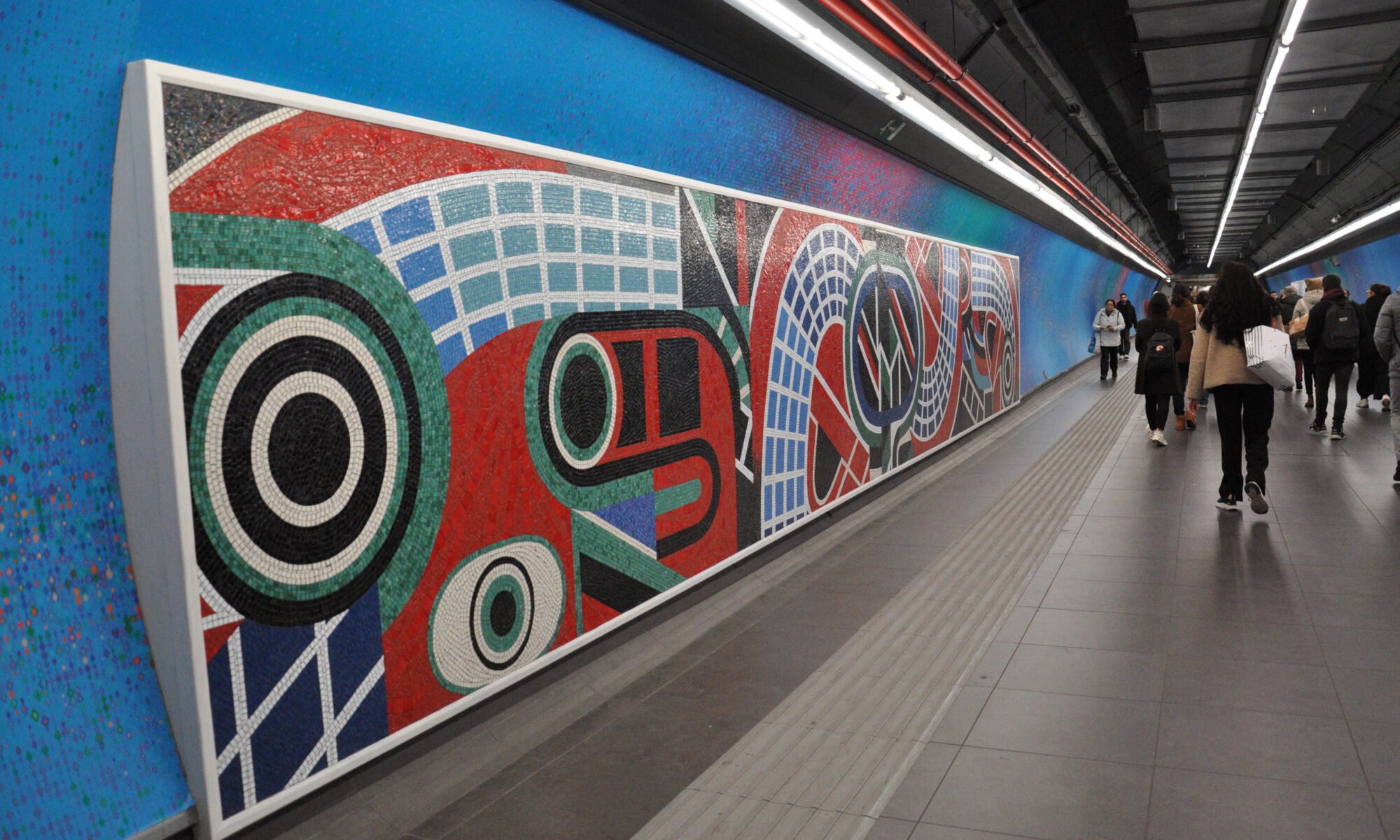
Dual Ec(h)o of Rome: Jubilee Changes of Public Transport
My colleague Valerio and I are super excited about this special Jubilee year! Sure, we’re a bit anxious about the influx of people pouring into the city and the challenges of getting around. However, here’s the good news—the government has planned some big changes to make the experience as smooth and comfortable as possible.

Before diving into those changes, let me quickly explain: what exactly is the Jubilee?
The Catholic Church has designated 2025 as the Jubilee (Holy) Year, with the theme “Pilgrims of Hope”. This momentous occasion, occurring every 25 years, provides believers the opportunity to receive a plenary indulgence by performing specific religious acts, including prayer, confession, passing through the Holy Door, and engaging in acts of mercy.
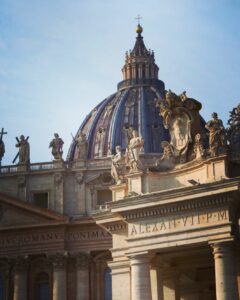
The events of the Jubilee Year are categorized to symbolize inclusivity, such as the Jubilee of Artists, the Jubilee of Persons with Disabilities, the Jubilee of Law Enforcement and etc. This inclusivity underscores the Church’s effort to unite diverse segments of society. Consequently, the year is expected to attract not only a significant influx of pilgrims but also visitors from around the world.
To host such an impressive number of people, Rome underwent a series of renovations. Construction sites spawned all over, making the experience of navigating the city quite complicated at times. While the Jubilee officially began on December 24, 2024, with the opening of the Holy Door at St. Peter’s Basilica, the city’s transformation efforts commenced a year earlier and are ongoing. These infrastructure improvements have both revitalized areas of Rome and, at times, complicated the daily lives of residents and tourists.
How do the changes in Rome affect tourists?
In my opinion, every tourist or newcomer to Rome is often a bit confused about the best way to get around the city. How do you reach your excursion spot or your workplace? One of the main priorities of the recent innovations and reconstructions has been the city’s metro system. Every single day, I take the metro from Metro C, and after that, I switch to Metro A. The entire journey takes around 40-45 minutes to reach the Vatican.
Rome is so captivating that walking is often the best way to immerse in the ancient atmosphere and marvel at the attractions. However, let’s be honest—if your hotel is far from the main sights or you’re feeling exhausted, public transport is a real lifesaver. It’s the cheapest and fastest way to get around.
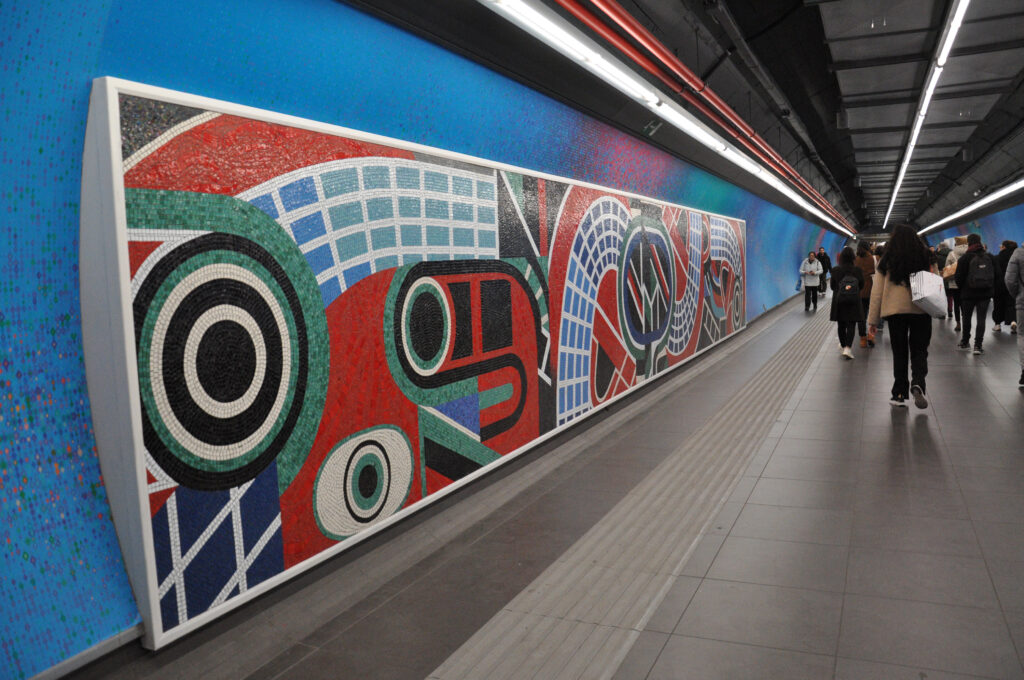
According to the source Roma Si Trasforma , significant changes have been made to Line A stations, Ottaviano and Spagna, which recently reopened following restyling efforts. Meanwhile, Line C continues to close after 9:00 PM, with buses replacing metro services to accommodate ongoing works.
 Additionally, early closures from Monday to Friday between Porta San Paolo and Cristoforo Colombo have been implemented for maintenance, with replacement buses operating during these hours.
Additionally, early closures from Monday to Friday between Porta San Paolo and Cristoforo Colombo have been implemented for maintenance, with replacement buses operating during these hours.
Having lived here for a few years, I can confidently say these renovations were long overdue, as the city’s infrastructure hadn’t seen much improvement in ages. Even though the work is still ongoing, it’s a step in the right direction toward making public transport more modern and stylish.
I’ve summed up some pros and cons in a very straightforward way for you.
Pros
Aesthetic Enhancements: Stations that have long awaited updates now feature a cleaner, more modern look;
Future Plans: By 2026, the city plans to complete comprehensive renovations on severely deteriorated stations;
Improved Signage: New, clearer, and brighter displays and signs enhance navigation;
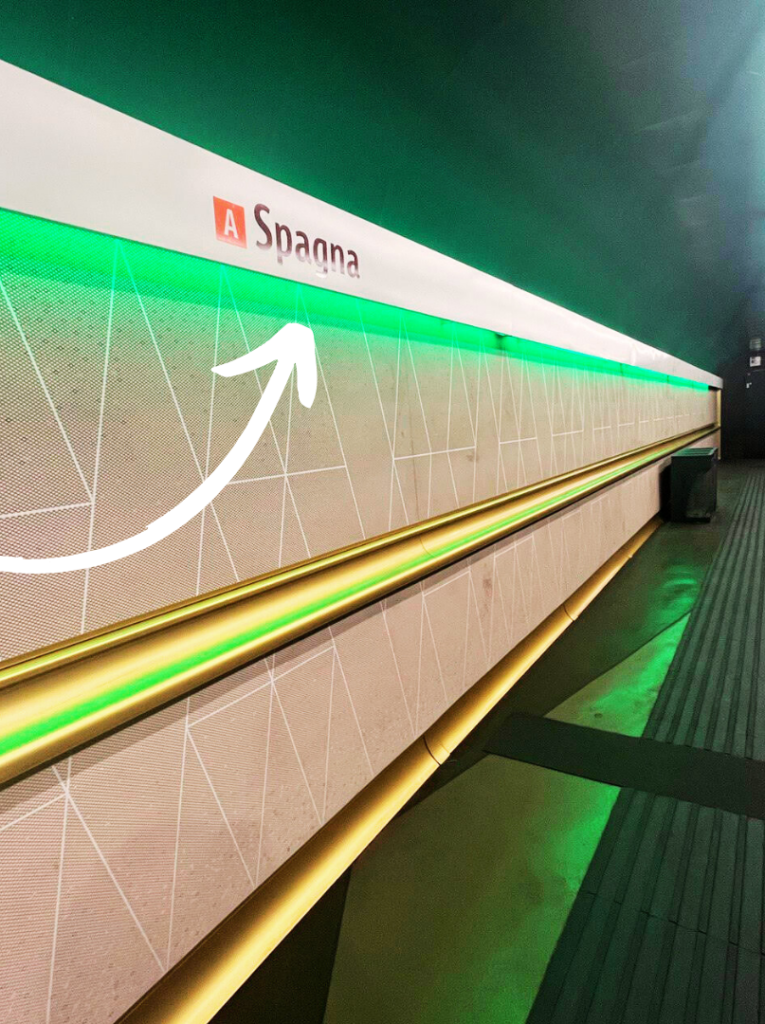 Waste Removal: Large volumes of waste have been cleared as part of the efforts;
Waste Removal: Large volumes of waste have been cleared as part of the efforts;
Accessibility: Over 800 meters of LOGES pathways have been installed to help blind and visually impaired individuals navigate safely and identify potential hazards.
Cons
Limited Restyling Renovation: The focus on aesthetic improvements rather than comprehensive structural and operational upgrades has left some areas unimproved;
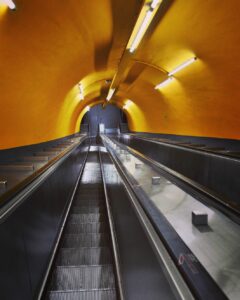
Selective Renovations: Only certain lines and stations have undergone changes, leaving others in poor condition;
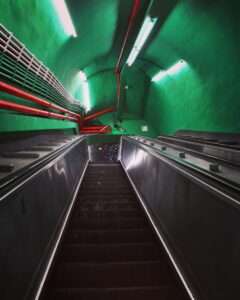 Lackluster Design: New styles have received criticism for their gray tones and subpar finishes;
Lackluster Design: New styles have received criticism for their gray tones and subpar finishes;
Replacement Buses: During closures, M3 buses operate with insufficient frequency, leading to overcrowding and inconvenience;
Transport Strikes: Regular strikes disrupt transit, exacerbating issues for residents and tourists alike.
Valerio, as someone who’s lived in Rome your whole life, how do you feel about these changes?

As a Roman, I know well that Rome is not the easiest city to navigate. The traffic can get pretty intense, and sometimes, I don’t know how to reach a certain destination with ease. I must admit that I mostly use my car to get around – not the most eco-friendly choice, I know! But when it comes to public transportation, I think that the metro is the way to go.
The Roman metro is no doubt more reliable and quicker than the buses. The average waiting time does not usually go further than a few minutes.
Nevertheless, I was never blind to the many problems our metro had. The escalators and the elevators were often out of service. I often boarded the B line at Basilica San Paolo station, and I noticed how the whole structure was old and obsolete.
The Jubilee brought some much-needed changes. Some strategic stations, like Ottaviano and Spagna, went through a complete makeover. The layout looks more modern and elegant. One of my favorite stations, Cornelia of the A Line, finally has functioning escalators.
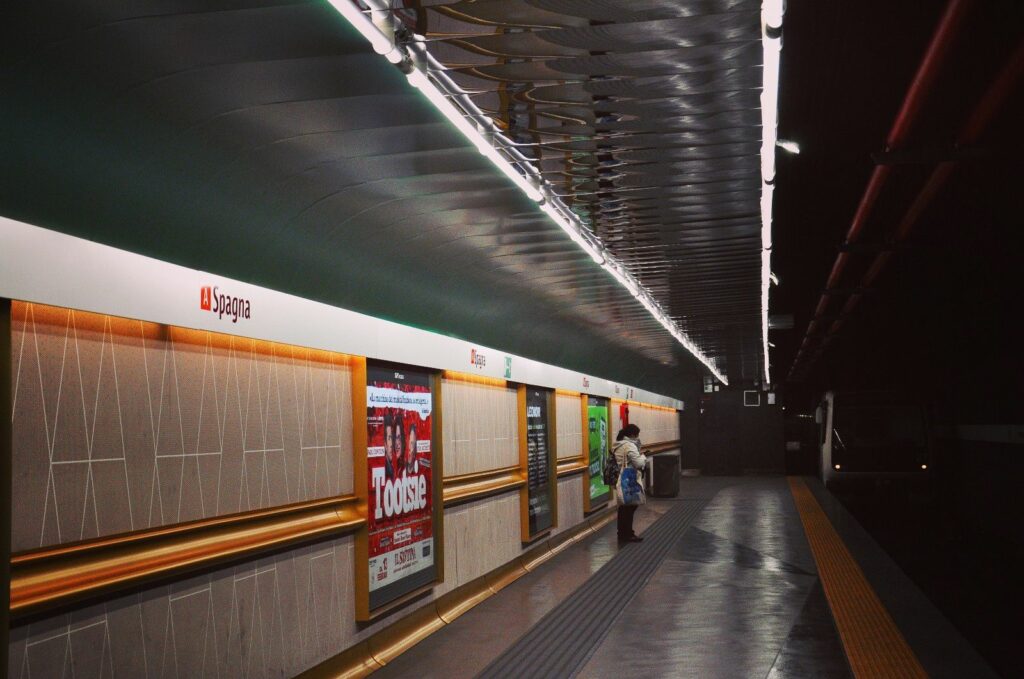
Sure, some stations (notably most of the C Line) still need work. Also, at peak hour the metro can get very full. Still, these new updates give us hope. They are a big step towards a more accessible Rome.
A mention of honor also to the Roman buses! Even if less reliable than the metro, lately the City Hall of Rome released several new, modern buses. One of my favorite features, introduced in the last couple of years, is the chance to pay directly on the bus with a credit card. Goodbye, paper ticket! ♥
The Jubilee Year has brought significant changes to Rome’s urban landscape. While these improvements aim to accommodate the millions of pilgrims and tourists expected, they also highlight ongoing challenges in balancing modernization with accessibility and convenience.
Both of us have noticed some remarkable transformations across the various zones of Rome. So, how has the city itself transformed? Explore the updates and follow us as we uncover the new face of Rome in the next article! →









